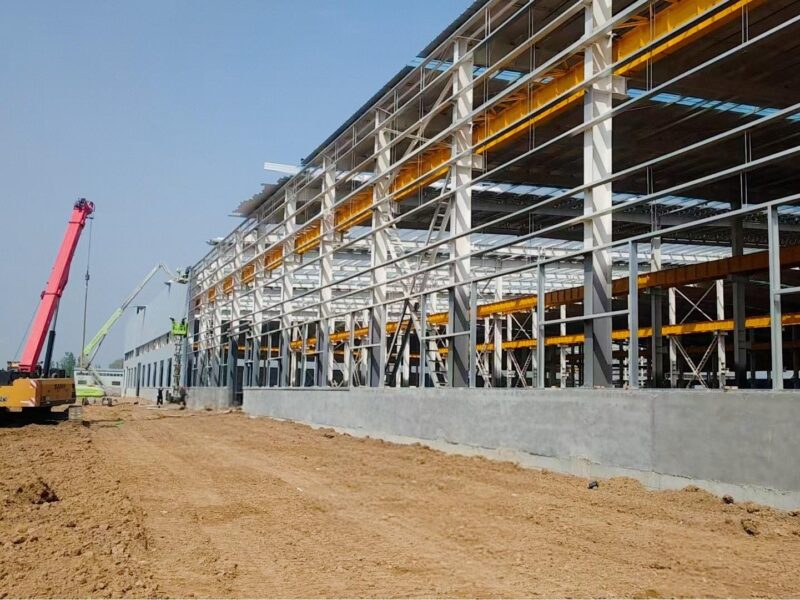
Prefabricated Horse Stables: Durable, Comfortable, and Scalable Solutions for Equestrian Facilities
Modern equestrian facilities require safe, durable, and comfortable housing solutions for horses. Traditional wooden stables often face issues such as high maintenance costs, fire risk, and limited flexibility for expansion.
Prefabricated horse stables provide an innovative and efficient alternative. Built using high-strength steel frames and insulated panels, these stables offer fast installation, long-lasting performance, and customizable layouts suited to professional equestrian centers and private farms.
This article explores the benefits, applications, and design considerations of prefabricated horse stables for B2B clients and facility developers.
Why Prefabricated Horse Stables Are Ideal
- Quick Installation: Prefabricated modules can be assembled rapidly on-site.
- Durable Materials: Steel frames provide structural stability and resist fire, corrosion, and pests.
- Customizable Designs: Stables can include stalls, tack rooms, grooming areas, and storage.
- Scalable Solutions: Easily expand or modify layouts as facility needs grow.
These stables enhance animal comfort, safety, and overall operational efficiency.
Key Advantages of Prefabricated Horse Stables
- Fast Construction
Prefabricated stables can be completed in weeks, reducing project timelines and labor costs. - Durable and Safe
Steel structures provide excellent fire resistance and long-term durability, ensuring horse safety. - Comfortable Environment
Insulated roofs and walls help regulate temperature, while ventilation systems ensure proper airflow. - Low Maintenance
Steel and composite materials reduce repair needs and maintenance expenses. - Flexible Layouts
Stables can include custom stall sizes, feeding areas, and equipment storage. - Scalability
Modular design allows for easy expansion as horse capacity or operational needs increase.
Applications Across Equestrian Facilities
- Riding Schools: Safe, clean stables for training and boarding horses.
- Private Farms: Customized stables for personal or breeding use.
- Equestrian Centers: Modular units integrated with arenas and training facilities.
- Veterinary Clinics: Specialized stables for equine care and recovery.
- Event Facilities: Portable or semi-permanent stables for competitions and horse shows.
Design Considerations for B2B Clients
- Ventilation and Airflow: Maintain fresh air to prevent respiratory issues.
- Flooring and Drainage: Non-slip, hygienic floors for horse comfort and safety.
- Climate Control: Maintain optimal temperatures year-round.
- Space Planning: Allocate areas for feeding, grooming, and storage.
- Expansion Options: Modular layouts allow adding more stalls or auxiliary rooms easily.
Case Studies
- European Equestrian Center:
Prefabricated steel stables reduced construction time by 60% and improved air circulation. - Private Farm (North America):
Customized modular stables provided long-term durability and fire-resistant safety. - Equine Clinic (Asia):
Prefabricated stalls ensured hygienic conditions and fast assembly for medical use.
Why B2B Clients Prefer Prefabricated Horse Stables
- Rapid installation and lower construction costs
- Durable, fire-resistant steel structure
- Comfortable and hygienic design for horses
- Flexible layouts customized to facility needs
- Easy scalability for growing operations
- Compliance with international equine welfare standards
Conclusion
Prefabricated horse stables offer durable, comfortable, and scalable housing solutions that enhance safety and efficiency for equestrian facilities.
For B2B clients, riding schools, and private farms, prefabricated stables are a long-term investment in reliability, performance, and animal welfare.
